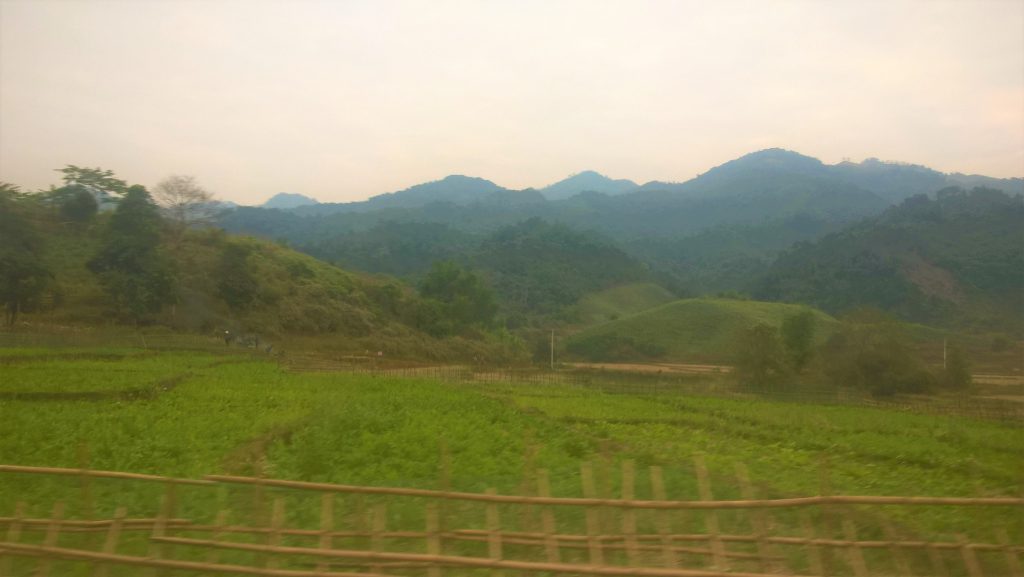Huaphan Province
Houaphan province is a province of eastern Laos. Its capital lies at Sam Neua. Houaphanh Province covers an area of 16,500 square kilometres (6,400 sq mi). The province is bordered by Vietnam to the north, east and southeast, Xiangkhouang Province to the south and southwest, and Luang Prabang Province to the west. The terrain is rugged, with dense mountainous forest forming much of the province, particularly on the western side. The principal rivers are the Nam Ma, which flows from and into Vietnam, passing the village of Ban Muang-Et, and the Nam Sam, which the towns of Sam Neua and Sam Tai lie on.

Houaphanh is one of the country in Laos that has dramatic scenery and fine textile traditions.
The province is bestowed with various natural resources. Situated in a tropical climate zone, with plentiful rainfall, Houaphanh has large fertile land areas suitable for agriculture. It has thick green forests and abundant water resource.
Areas of Houaphanh Province are in the Nam Et-Phou Louey National Biodiversity Conservation Area (NBCA) and the Nam Xam National Biodiversity Conservation Area. There are also some Important Bird Areas (IBA).
The Nam Neun IBA area of Nam Et is adjacent to the NBCA. Nam Neun is 85,450 ha in size. The habitat is characterized as mixed deciduous forest, as well as dry evergreen forest, with stands of bamboo, and occasional conifers; cleared areas have been replaced by areas of secondary grassland.
The Phou Louey Massif IBA is in the Nam Et-Phou Louey NBCA and adjacent to the Nam Neun IBA. The Phou Louey IBA stretches beyond Houaphanh Province into Luang Prabang Province. It is 60,070 ha in size. The habitat is characterized as mixed deciduous forest, semi-evergreen forest, lower montane evergreen forest, upper montane evergreen forest, and secondary grassland.
The 69,000 hectare Nam Xam IBA is in the 70,000 ha Nam Xam National Biodiversity Conservation Area (NBCA). The topography is characterized by hills and low mountains. The habitat includes dry evergreen forest, Fokienia forest, mixed deciduous forest, as well as stunted, mossy upper montane forest.
Bamboo is important in rural parts of the province and used as a principal building material. Women play a key role in the collecting of bamboo shoots. In Viengxay District there are two bamboo processing factories that produce items such as floormats, fences, chopsticks, and toothpicks for the Vietnamese market.
Sam Neua, the provincial centre, is the most important market centre for regional trade. Many villagers come here to sell their goods, especially handicrafts and textiles that the people of the province are famed for.
Rice farming is widely practiced in the province, although agriculture employs less than livestock farming. Principal cash crops include corn, sesame, soybean, and medicinal plants paper mulberry, cardamom and cinnamon.
From January 2006 to June 2015, Houaphanh Province drew in 521 domestic and foreign private investments. Large investments are in mining (by China and Vietnam), industry and the handicraft, agricultural and service sectors.
Referrences:
- Wikipedia ‘Huaphan province’: https://en.wikipedia.org/wiki/Houaphanh_Province
- IDP ‘Huaphan province’: http://www.investlaos.gov.la/index.php/where-to-invest/provinces/huaphan




